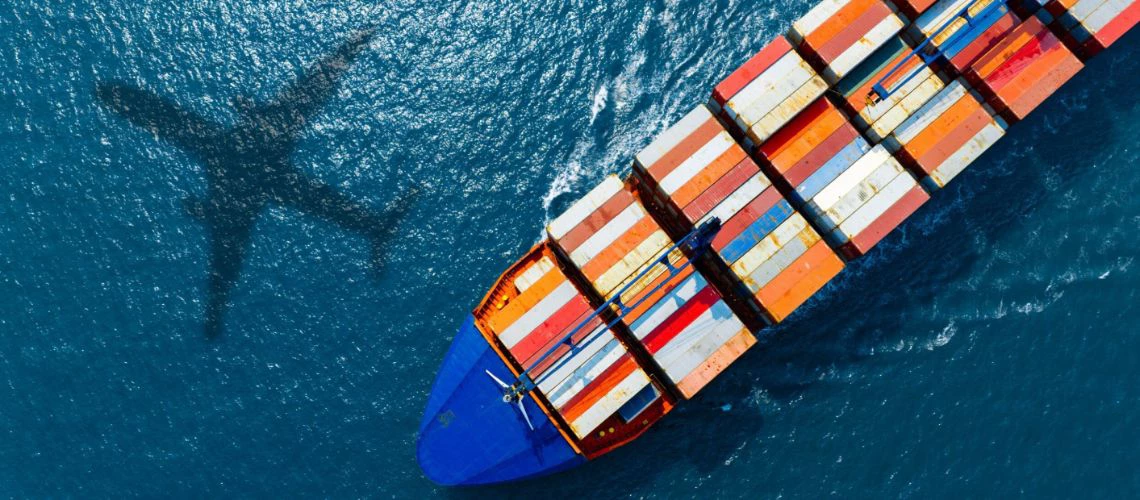The latest DHL Global Connectedness Tracker, produced in collaboration with New York University’s Stern School of Business, shows a downward revision in global trade growth forecasts. This adjustment is largely attributed to U.S. tariff policies. Despite the expected slowdown, overall trade indicators remain positive, supported by very strong activity during the first half of 2025.
Revised Estimates and Key Drivers
The report now projects that global trade will grow by an average of 2.5% per year between 2025 and 2029. While this pace is comparable to the growth observed over the past decade, it is lower than the initial forecast of 3.1%, mainly due to higher tariffs imposed by the United States.
This situation affects regions unevenly:
- North America faces the most significant revision, with expected growth reduced from 2.7% (in January) to 1.5% (as of September 2025).
- Conversely, outlooks have improved for Latin America, the Caribbean, the Middle East, and North Africa, as these regions are less directly impacted by U.S. trade measures.
Trade Dynamics and Adaptation
The report’s authors emphasize that despite trade tensions, global trade dynamics have proven resilient. The first half of 2025 even recorded the strongest half-year growth since 2010 (excluding the post-COVID-19 rebound).
This surge is driven by two main factors:
- Preemptive imports by U.S. companies ahead of the new tariffs taking effect.
- China’s ability to offset declining exports to the U.S. by significantly increasing trade flows with other markets, particularly in Africa, Southeast Asia, and the European Union.
Analysts also highlight the relatively limited share of the United States in global trade: in 2024, it accounted for only 13% of global imports and 9% of exports.
A Changing Globalization
The sustained high level of trade flows is partly explained by the fact that most countries have not implemented similar tariff hikes. Moreover, the report notes that trade routes now span record distances, confirming the vitality of globalization despite geopolitical frictions.
According to John Pearson, CEO of DHL Express, these findings demonstrate the “structural resilience of global trade.” Steven Altman, Director of the Globalization Initiative at NYU Stern, adds that “companies are adapting to the risks of a fragmented world without retreating.”
These experts conclude that globalization is not declining—it is transforming, driven by economic actors capable of adjusting their strategies to new political and economic realities.






